Understanding Autofocusing Points
Sometimes we forget that we live in a, technologically speaking, very astounding time to be a photographer. The way modern cameras function is nothing short of magic. Unassuming yet mind numbingly complex, autofocusing cameras are somewhat of a miracle in optical engineering.
If you’re a DSLR owner, have you ever stopped to think about what all those little dots or squares are doing there in your viewfinder? No doubt most of us have, but if you haven’t then keep reading because this article is for you. First, a few words on the wizardry that is modern autofocusing.
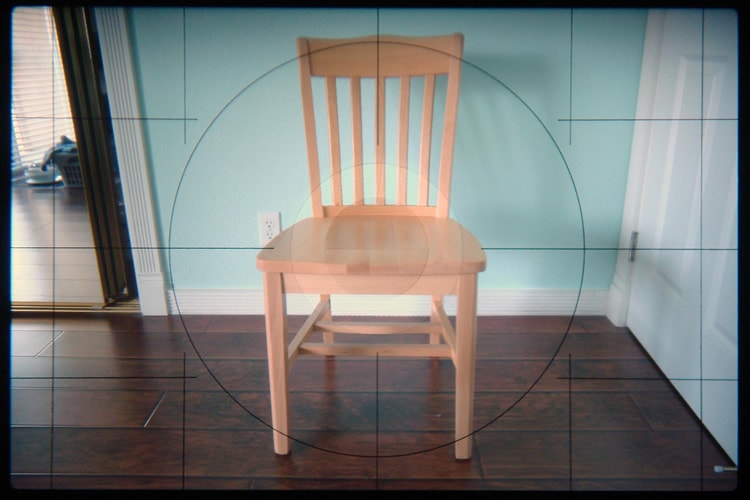
image by John Loo
Depending on what autofocus mode you choose to work in (Live View, Quick, etc…) your camera will autofocus in different ways. Usually, autofocus is achieved by one of two distinct operations: contrast detection or phase detection, and in some cases a mix of the two.
Contrast detection is accomplished basically the way you would assume, with the camera’s sensor deciphering between contrasts and deciding when focus has been obtained. Stay with me here… we’re almost done. Phase detection autofocus, on the other hand, splits a given scene into two separate frames and then essentially overlays one on top of the other until they match, resulting in a singular focused image. Like I said, it’s magic.
Much could be painfully written explaining the differences and applicability of each of the aforementioned focus functions and much has been. For our purposes, however, we will focus (haha) on the role autofocus points play in metering and focus in general. So, by the time you have ingested the following words you will be able to use your autofocus more effectively. Let’s look at some examples of common focus points and learn what each of them can mean for you and your image making.
Please note that these menu images are from my trusty Canon 7D and that I use very Canon-esque terminology. Your camera might be different. Always remember that your camera’s instruction manual is your best friend.
-
Spot

With this selection, the camera delivers focusing and metering based on information it gathers from a very small and localized area of a given scene. This is the scalpel of autofocus. It can be used to achieve very precise focusing and metering on a very specific area. It is quite useful in macro photography. Keep in mind, though, it’s specificity makes it very unforgiving. Use this focus point when you know exactly what to expect from your subject.
-
Single Point
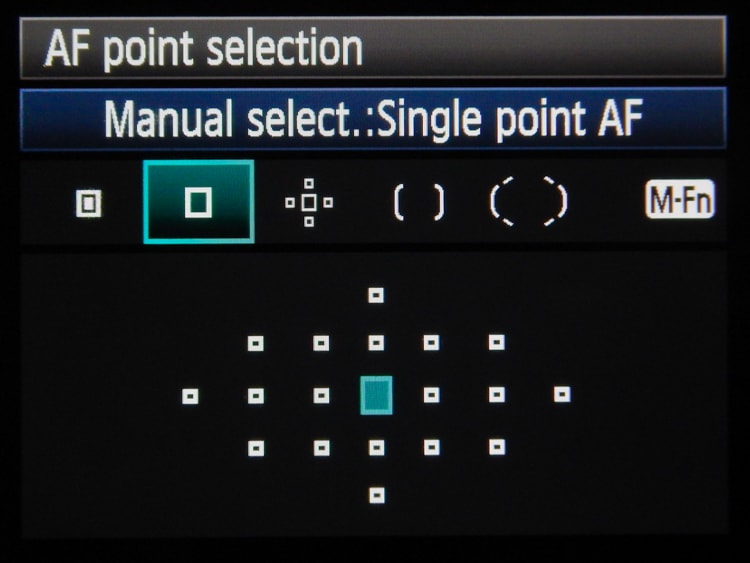
This is very similar to the spot focusing. Selecting this focus point will again give you a very select area for your camera to focus without being quite as limiting as the spot autofocus. Again, your camera will meter a very small area and then focus accordingly. It is great for photographing subjects that remain mostly stationary but still require judicious focusing.
-
Single Point Expansion
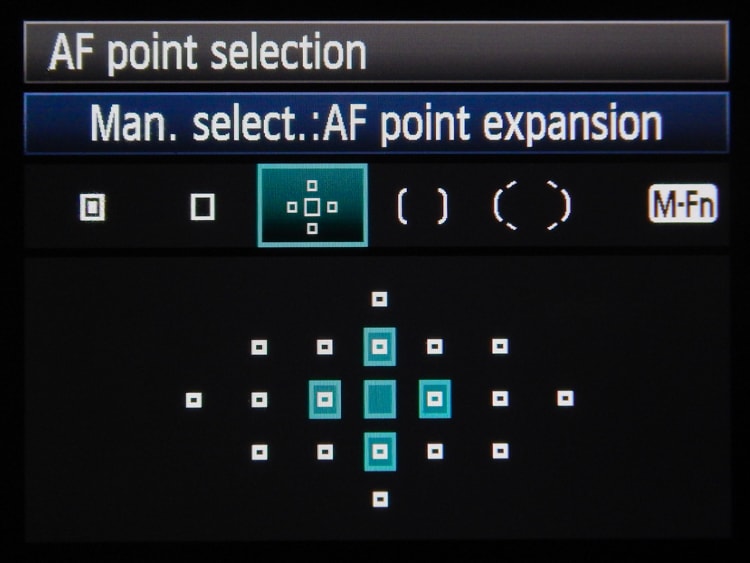
Now we’re moving into focusing with a lot more wiggle room. This is literally the expanded version of single point autofocusing. It allows the shooter to still keep the precision of single point but gives more leeway for subject movement and size. Single point expansion engages the points immediately surrounding the primary focus point. I use this for insects, flowers, and more docile wildlife photography.
-
Zone
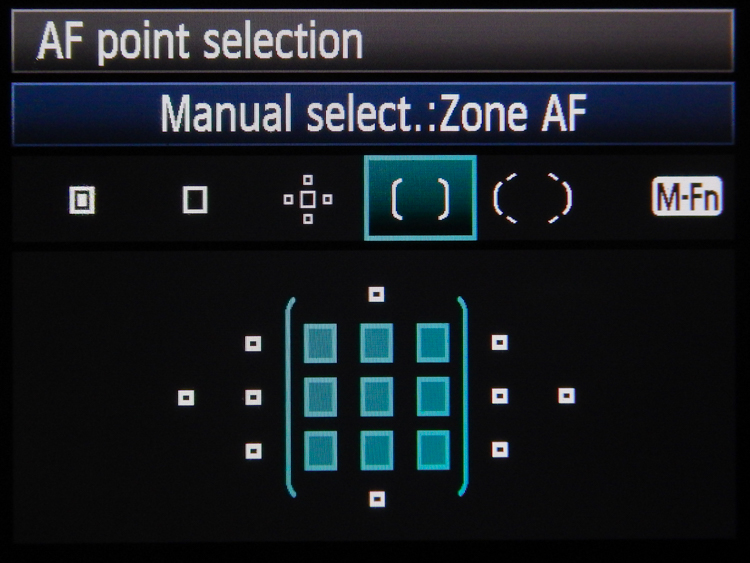
Using this mode, your camera will focus on what falls within a given area or “zone” of focus points. The number of these points will vary depending on your camera but the idea will ultimately be the same. This becomes useful when your subject is moving or if you have a subject with multiple features that require consideration. Zone autofocus is great for street and portrait work.
-
Automatic Point Selection
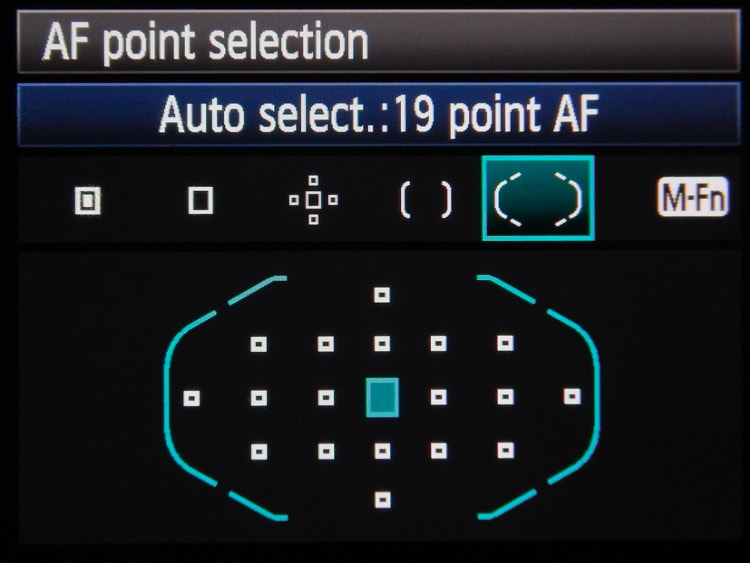
If spot autofocus was the scalpel of autofocusing then automatic point selection is the machete. This is the go-to autofocus selection when you have no idea what to expect. Automatic point selection allows your camera to engage all of it’s focusing points at one time. The great thing about automatic point selection is that it tells your camera to focus on anything. At the same time the terrible thing about automatic point selection is that… it tells your camera to focus on anything.
Honestly, I seldom use this type of autofocusing because there is just so much room for error. If you’re shooting a very isolated and fast moving subject or a very large subject with lots of contrast (such as architecture) then you might consider trying this out.
Our cameras are capable of technical feats that we can’t imagine! In the end, it’s often ourselves and unintentional lack of knowledge that limits their photographic potential. Autofocusing is a fantastic aid for producing sharp and impactful images when it’s understood and correctly used.
